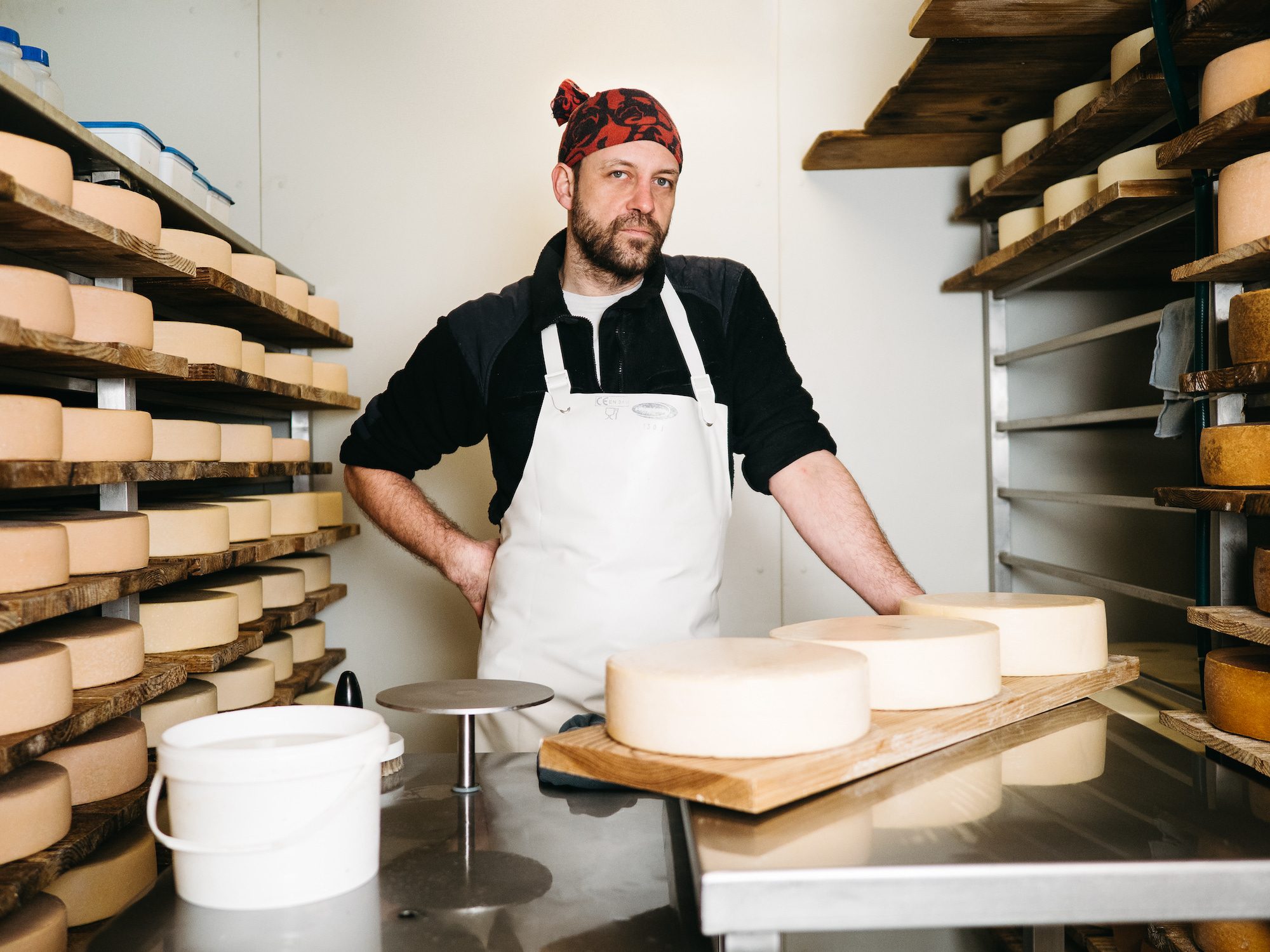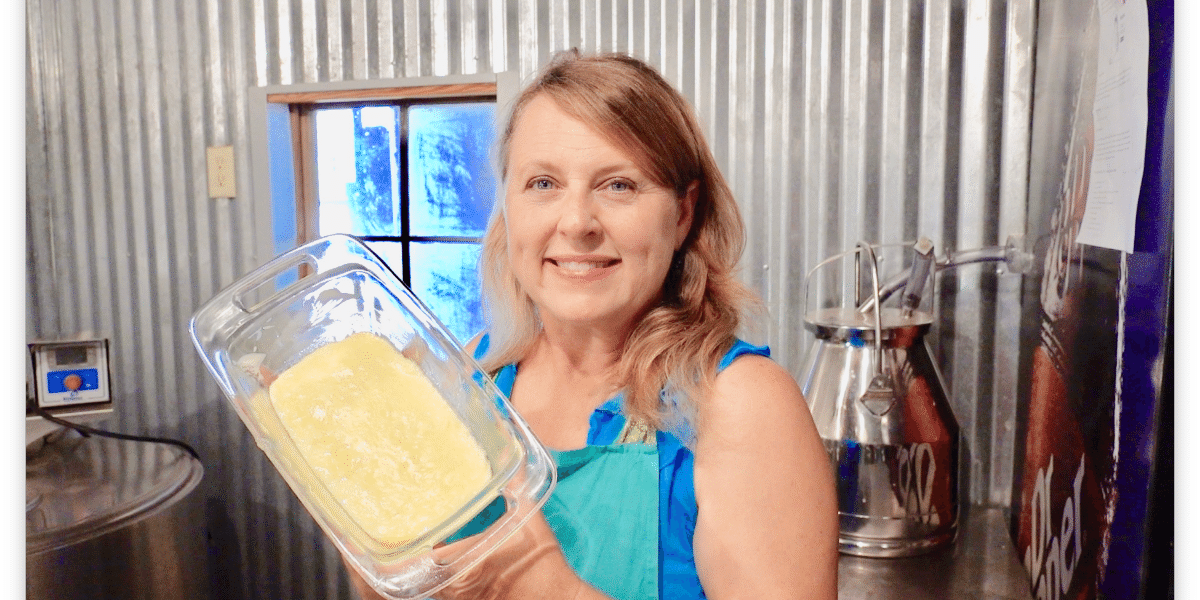Checking Out Melbourne Made Cheese: Why Floridia Cheese Is a Must-Try
Checking Out Melbourne Made Cheese: Why Floridia Cheese Is a Must-Try
Blog Article
Unlocking the Tricks of Artisanal Cheese Making: A Step-by-Step DIY Overview
In the realm of cooking craftsmanship, artisanal cheese making stands as a testimony to the fragile balance between tradition and innovation. Each action in the process, from selecting the ideal milk to improving aging methods, holds within it a wealth of expertise gave via generations. As we start this trip to debunk the art of developing beautiful cheeses, we are encountered with a tapestry of skills and keys waiting to be untangled. Join us as we explore the details of this old craft, where persistence, art, and science assemble to create tastes that entice the senses.
Selecting the Right Milk
When embarking on the trip of artisanal cheese production, the choice of milk plays an important role in figuring out the top quality and qualities of the last item. The kind of milk chosen affects the flavor, texture, and on the whole profile of the cheese.
When picking milk for cheese making, it is very important to think about the fat material. Greater fat web content in milk can lead to a creamier and richer cheese, while lower fat web content might bring about a drier and stronger texture. Additionally, the source of the milk, whether from cows, goats, sheep, or buffalo, contributes distinctive tastes and qualities to celebrity (Floridia Cheese). Each kind of milk brings its very own nuances, enabling a wide variety of cheese varieties to be crafted based on the chosen milk. Ultimately, the choice of milk is a basic choice that establishes the foundation for a successful artisanal cheese-making endeavor.
Culturing and Coagulating
To initiate the cheese-making process, the critical actions of culturing and coagulating must be thoroughly implemented to transform milk right into curds and whey. The type of society utilized can considerably affect the taste, texture, and ripening of the last cheese product.

The timing and temperature control during culturing and coagulation are crucial aspects that affect the final outcome of celebrity. Appropriate execution of these actions is important to make sure the desired appearance, taste, and consistency of the artisanal cheese being generated.
Draining and Pressing Curds
After the milk healthy proteins have actually coagulated and the curds have actually been cut to release whey, the next important step in artisanal cheese making entails draining and pushing the curds to accomplish the preferred structure and uniformity of the final cheese product. Draining is the procedure of separating the curds from the whey. This can be done by moving the curds right into a cheesecloth-lined bowl-shaped sieve or mold and mildew and allowing the whey to drain pipes off naturally. The moment for draining can differ depending on the sort of cheese being made and the wanted moisture content.
When the curds have actually completely drained, the next action is pressing. Pushing aids eliminate any type of remaining whey and compacts the curds to form a strong cheese wheel. Pressing can be done utilizing specialized cheese presses that apply consistent and gentle stress over a duration of time. The period and stress applied throughout pushing will certainly influence the final structure of celebrity, from soft and creamy to tough and firm. Proper draining pipes and pressing are vital steps that significantly impact the top quality and features of Go Here the artisanal cheese being produced.
Aging and Flavor Techniques
Executing precise aging and flavor methods is pivotal in improving the depth and complexity of artisanal cheeses, raising their taste accounts to charming levels of improvement and refinement. Aging plays a critical role in establishing the unique flavors and structures that distinguish artisanal cheeses.
Flavoring methods also add substantially to the final taste of artisanal cheeses. Cheesemakers might choose to introduce added flavors by incorporating ingredients such as natural herbs, flavors, or perhaps fruits into the cheese during the production process. In addition, some cheeses are washed or massaged with different liquids, such as brine or alcohol, to improve their textures and flavors.
Covering and Storing Cheeses

Verdict
To conclude, grasping the art of artisanal cheese making involves thoroughly selecting the best milk, adhering to exact culturing and coagulating procedures, draining pipes and pressing curds successfully, and making use of numerous aging and flavor strategies. By complying with these actions faithfully and with interest to detail, you can create your own delicious and unique cheeses at home. Remember to wrap and store your cheeses appropriately to make certain optimum taste and structure growth. Happy cheese making!
Each kind of milk brings its own subtleties, permitting for Continued a large range of cheese ranges to be crafted based on the selected milk.After the milk proteins have coagulated and the curds have actually been cut to launch whey, the following vital action in artisanal cheese making entails draining pipes have a peek here and pressing the curds to attain the desired structure and consistency of the final cheese product. A lot of cheeses must be covered in wax paper or cheese paper to enable them to breathe while shielding them from drying out. For cheeses that require to proceed aging, such as bloomy rinds or washed skins, guarantee they are saved in a great setting like a cheese cave or a fridge established to the proper temperature level. By paying interest to the covering and storage space of artisanal cheeses, cheese makers and enthusiasts can protect the integrity of these specials and totally enjoy their intricate tastes.
Report this page